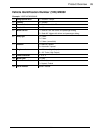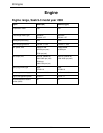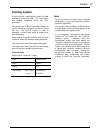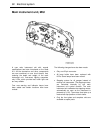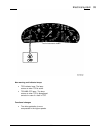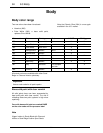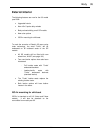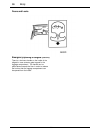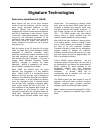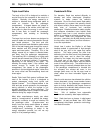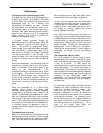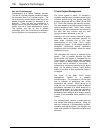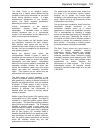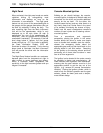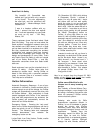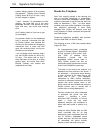
Signature Technologies 97
9-3
Signature Technologies
Saab Active Head Restraint (SAHR)
Neck injuries are one of the most common
results of rear-end collisions, and the majority
occur during low-speed collisions. In fact,
statistics indicate that 25% of automobile
accidents with injuries involve rear-end collisions
and 75% of those result in neck injuries. Injuries
of this type - often called whiplash - seem to be
caused by the differential movement of the
occupant’s head, relative to the neck and spine
that occurs during an impact from behind. In
certain situations, the result can be a serious
long-term injury.
With the launch of the 9-5 and the 9-3 in early
1998, the Saab Active Head Restraint (SAHR)
introduced a world-first innovation, which
effectively reduces the relative movement of the
front-seat occupant’s head, and consequently
also reduces the risk of whiplash. Volvo has a
system called Whiplash Protection System
(WHIPS), intended to achieve the same
objectives. WHIPS is standard on all Volvos,
just as SAHR is standard on all Saabs.
While SAHR and WHIPS have the same
objective, they accomplish it in very different
ways. Saab’s SAHR is a mechanical device
based on the lever principle, and is designed to
operate in rear collisions equivalent to as little as
a 10-mph impact. In a rear collision of sufficient
force, the occupant’s body is naturally forced
into the seat back, engaging a pressure plate,
which moves toward the rear of the seat. A
lever attached to the pressure plate moves the
head restraint up and forward to “catch” the
occupant’s head before the occupants head can
“whip” back. Whiplash generally occurs when
the head passes beyond parallel when being
forced back. The occupant is naturally forced
down and into the seat; SAHR helps keep the
occupant in position and maintain head, neck
and spine (cervical and lumbar) alignment. In
fact, lumbar injuries can be reduced by up to
70%. The SAHR system may also reduce
injuries during a strong rebound from the
restraint system caused by a frontal impact.
After SAHR has been activated, it simply returns
to its original position - there is nothing to reset
and no costly repairs are necessary to restore
the seat to its fully functional condition.
Therefore, the seat is ready for any subsequent
impacts caused by multiple car collisions.
Accidents involving more than two cars (or more
than one impact) account for approximately 25-
30% of rear-impact collisions
Volvo’s WHIPS reacts differently. As the
occupant’s body is forced back into the seat, a
pin and bracket in the base of the seat breaks or
bends, allowing the entire seatback to fall
backwards towards the rear passenger
compartment. As a result, repairs may be
necessary. In contrast, SAHR has no
maintenance and is reusable over and over
during the lifetime of the car.
The SAHR system has been tested in over 90
separate “real-world” crash conditions involving
different occupant sizes, occupant positions,
seatback angles and differing impact speeds.
Note: Insurance companies average $4.1 billion
per year in spending on whiplash injury claims
alone.



